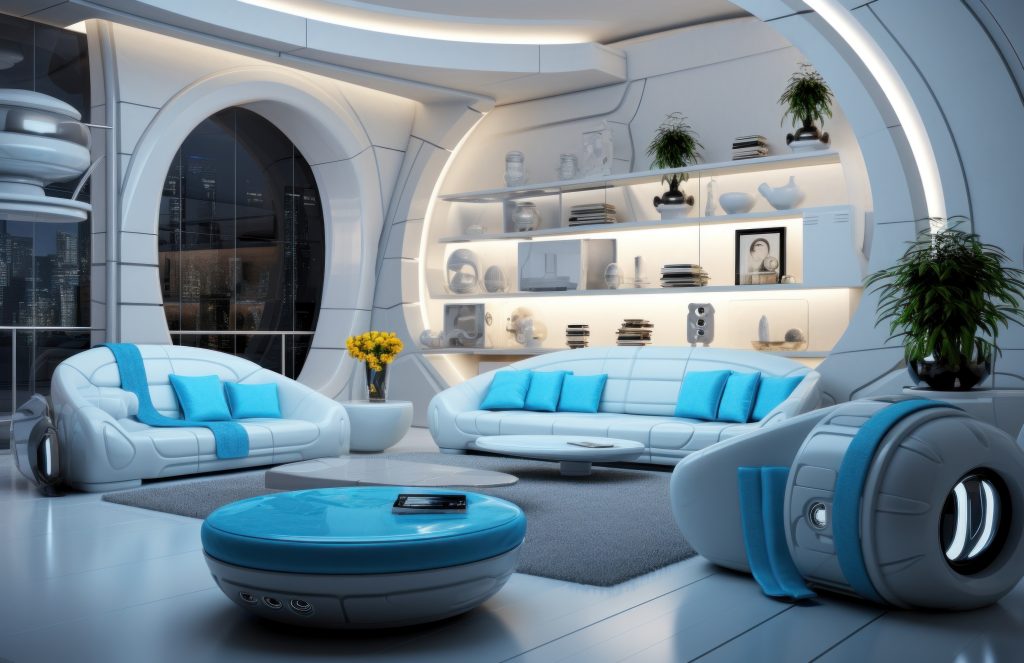Interior design has always been a blend of art and science, where creativity meets functionality. Over the decades, we’ve seen significant shifts in how spaces are designed, influenced by cultural changes, technological advancements, and evolving client needs. Today, the field is experiencing a revolutionary transformation with the advent of AI-driven interior design.
The Traditional Approach to Interior Design
Traditionally, interior design involved a manual process where designers would:
- Consult with Clients: Understanding their preferences, needs, and budget.
- Concept Development: Creating mood boards, sketches, and drafts.
- Material Selection: Choosing fabrics, colors, and furniture.
- Implementation: Coordinating with contractors and suppliers to bring the design to life.
This process, while effective, could be time-consuming and often expensive, limiting access to professional design services for many people.
The Role of Technology in Modern Interior Design
As technology advanced, tools like CAD (Computer-Aided Design) and virtual reality began to enhance the design process. These innovations allowed designers to create more accurate and detailed plans, visualize spaces in 3D, and make adjustments before any physical work began. However, these tools still required significant expertise and manual input.
Enter AI-Driven Interior Design
Artificial Intelligence (AI) has brought a new dimension to interior design, making it more accessible, efficient, and personalized. AI-driven solutions use algorithms and machine learning to:
- Analyze Client Preferences: AI can process data from questionnaires, social media profiles, and previous interactions to understand a client’s style.
- Generate Design Options: Based on the analysis, AI can create multiple design proposals, saving time and effort.
- Optimize Space Utilization: AI can suggest the best furniture layouts and storage solutions to maximize space efficiency.
- Predict Trends: By analyzing market trends and consumer behavior, AI can forecast upcoming design trends and suggest cutting-edge ideas.
Benefits of AI-Driven Interior Design
- Personalization: AI tailors design solutions to individual preferences, ensuring that each space reflects the client’s unique style.
- Efficiency: Automated processes reduce the time needed for concept development and revisions.
- Cost-Effectiveness: Lower costs make professional design services accessible to a broader audience.
- Data-Driven Decisions: AI uses data to make informed decisions, leading to more functional and aesthetically pleasing designs.
Real-World Applications and Success Stories
AI-driven interior design is not just a concept but a reality being embraced by forward-thinking designers and companies. For example, Modsy uses AI to create 3D models of rooms and provide design recommendations. Similarly, Planner 5D offers an AI-driven tool that helps users visualize their design ideas in a realistic manner.
Challenges and Future Prospects
While AI has immense potential, it is not without challenges. There is a need for continuous improvement in AI algorithms to better understand human emotions and preferences. Moreover, the integration of AI with traditional design practices requires a balance to ensure that creativity is not compromised.
Looking ahead, we can expect AI to become even more integrated into the design process, with advancements in augmented reality (AR) and virtual reality (VR) further enhancing user experience.
Conclusion
The evolution of interior design from traditional methods to AI-driven solutions marks a significant milestone in the industry. AI is not only transforming how designs are created but also democratizing access to professional interior design services. As technology continues to advance, the possibilities for AI-driven interior design are limitless, promising a future where every space can be beautifully and efficiently designed to meet individual needs.

